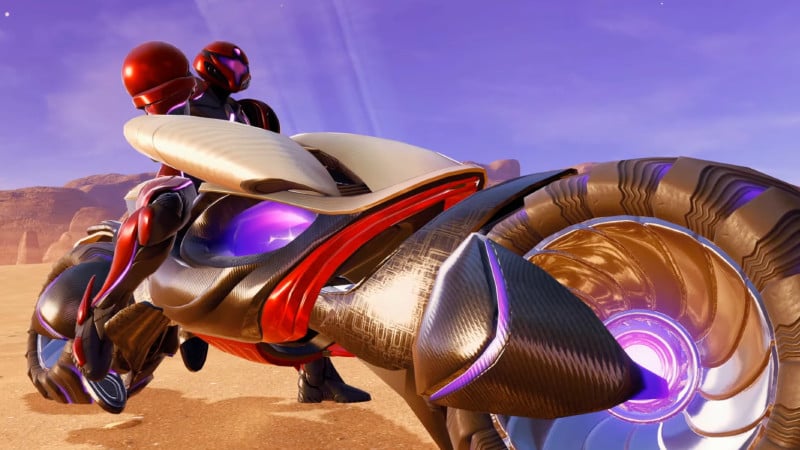The human gut microbiome plays a critical role in the body, communicating with the brain and maintaining the immune system through the gut-brain axis. So it isn’t totally far-fetched to suggest that microbes could play an even larger role in our neurobiology.
Fishing for Microbes
For years, Irene Salinas has been fascinated by a simple physiological fact: The distance between the nose and the brain is quite small. The evolutionary immunologist, who works at the University of New Mexico, studies mucosal immune systems in fish to better understand how human versions of these systems, such as our intestinal lining and nasal cavity, work. The nose, she knows, is loaded with bacteria, and they’re “really, really close” to the brain—mere millimeters from the olfactory bulb, which processes smell. Salinas has always had a hunch that bacteria might be leaking from the nose into the olfactory bulb. After years of curiosity, she decided to confront her suspicion in her favorite model organisms: fish.
Salinas and her team started by extracting DNA from the olfactory bulbs of trout and salmon, some caught in the wild and some raised in her lab. (Important contributions to the research were made by Amir Mani, the lead author of the paper.) They planned to look up the DNA sequences in a database to identify any microbial species.
These kinds of samples, however, are easily contaminated—by bacteria in the lab or from other parts of a fish’s body—which is why scientists have struggled to study this subject effectively. If they did find bacterial DNA in the olfactory bulb, they would have to convince themselves and other researchers that it truly originated in the brain.
To cover their bases, Salinas’ team studied the fishes’ whole-body microbiomes, too. They sampled the rest of the fishes’ brains, guts, and blood; they even drained blood from the many capillaries of the brain to make sure that any bacteria they discovered resided in the brain tissue itself.
“We had to go back and redo [the experiments] many, many times just to be sure,” Salinas said. The project took five years—but even in the early days it was clear that the fish brains weren’t barren.
As Salinas expected, the olfactory bulb hosted some bacteria. But she was shocked to see that the rest of the brain had even more. “I thought the other parts of the brain wouldn’t have bacteria,” she said. “But it turned out that my hypothesis was wrong.” The fish brains hosted so much that it took only a few minutes to locate bacterial cells under a microscope. As an additional step, her team confirmed that the microbes were actively living in the brain; they weren’t dormant or dead.
Olm was impressed by their thorough approach. Salinas and her team circled “the same question, from all these different ways, using all these different methods—all of which produced convincing data that there actually are living microbes in the salmon brain,” he said.
But if there are, how did they get there?
Invading the Fortress
Researchers have long been skeptical that the brain could have a microbiome because all vertebrates, including fish, have a blood-brain barrier. These blood vessels and surrounding brain cells are fortified to serve as gatekeepers that allow only some molecules in and out of the brain and keep invaders, especially larger ones like bacteria, out. So Salinas naturally wondered how the brains in her study had been colonized.
By comparing microbial DNA from the brain to that collected from other organs, her lab found a subset of species that didn’t appear elsewhere in the body. Salinas hypothesized that these species may have colonized the fish brains early in their development, before their blood-brain barriers had fully formed. “Early on, anything can go in; it’s a free-for-all,” she said.









